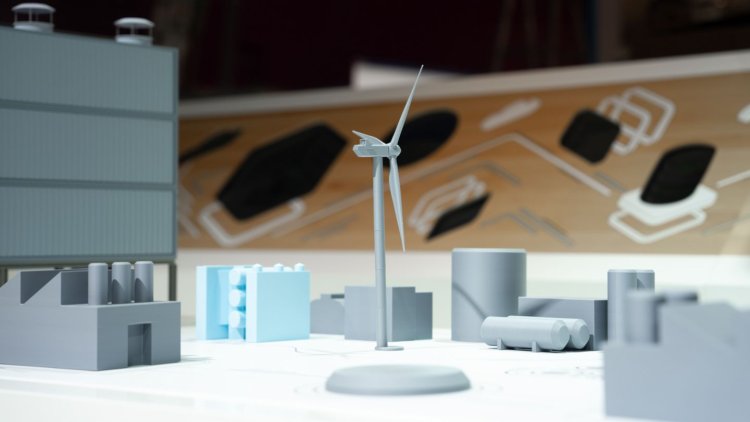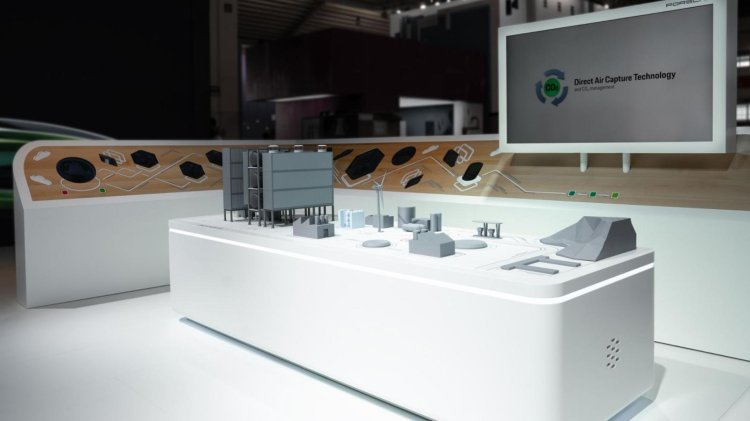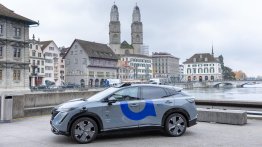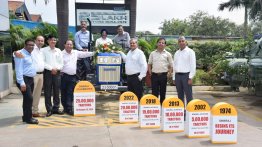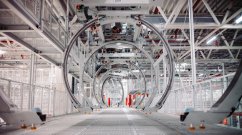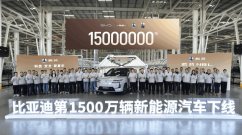Porsche views direct air capture (DAC) as an important new technology, which is on the threshold of mass production: by extracting large quantities of carbon dioxide (CO2) from the atmosphere in an environmentally friendly manner, this technology can play a significant role in combating climate change.
Together with Volkswagen Group Innovation, the eFuels company HIF Global and MAN Energy Solutions, the sports car manufacturer is looking into integrating a DAC facility into the eFuels pilot plant in Chile. The facility could be used to extract, from the air, the CO2 required for eFuels production at the Haru Oni pilot plant. At the IAA summit in the Munich Trade Fair Centre (Hall B2, Volkswagen Group stand), project planners will show how DAC fits with Porsche’s strategy and will set out in detail how the facility could work.
One major advantage of DAC technology is that CO2 can be extracted anywhere where there is renewable energy available to operate it. The technology is also scalable. The electricity for the filter system at the Haru Oni eFuels pilot plant could be generated using wind energy, so it would come from a renewable source. The required heat could be provided through the hydrogen generation process in the eFuels plant.
How direct-air-capture (DAC) technology works
To extract CO2 from the atmosphere, the ambient air is first cleansed of large dirt particles and directed through a pebble-like filter material. The CO2 deposited there is then extracted from the material and collected in a highly purified form for later use as a raw material. Water, a potential by-product, is drained off.
This CO2 extracted from the atmosphere can be used in a variety of different ways as part of a circular economy. In the future, it could be used as a raw material in the production of non-fossil-based plastics. This stores the CO2 long-term. It can also be used to produce fully synthetic fuels, also known as eFuels.
Porsche and HIF Global are studying whether and how DAC-extracted CO2 can be used at the Haru Oni eFuels plant in Punta Arenas, Chile, where CO2 is combined with hydrogen to form methanol. This is then made into synthetic fuel. Until now, the CO2 for Haru Oni has been taken from a biogenic source.
As an alternative to the production of non-fossil products (CCU, or Carbon Capture and Utilisation), the CO2 can be permanently removed from the atmosphere and stored long-term (CCS, or Carbon Capture and Storage).
